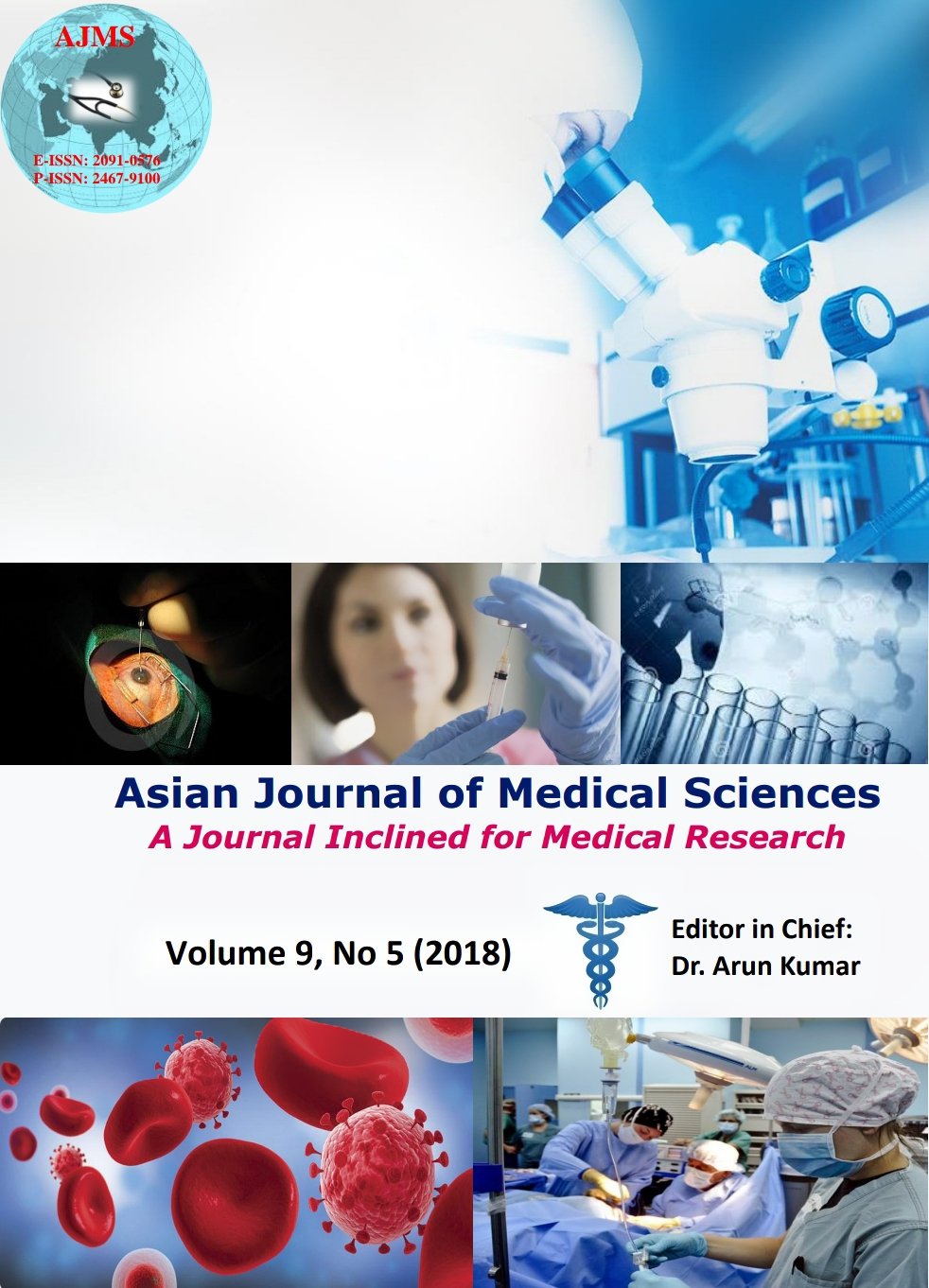The significance of hypoxia as a molecular and cellular event in patients with toxic and non-toxic goitre: A statistical inference based on cross-sectional analytic of Iraqi patients
Keywords:
Epidemiology, Public health, Evidence-based medicine, Statistical inference, thyroid gland, Goiter, Hypoxia-inducible factor, Immunohistochemistry, Cross-sectional studies, Case report, Middle east, IraqAbstract
Background: Disorders of the thyroid gland, including toxic and non-toxic goitre, are more common in adult female patients. Hypoxia-inducible factors, including HIF-1 and HIF-2, represent transcriptional activators that function as regulators of oxygen homeostasis. Rapid progress is being made in clarifying the homeostatic functions of HIFs in several physiological systems. However, there are much to be learned in connection with the thyroid gland and its pathologies.
Aims and Objectives: To assess the biochemical and clinical significance of hypoxia-inducible factors in patients with multinodular goitre.
Materials and Methods: The study is observational and cross-sectional analytic conducted among a population of individuals with diffuse and nodular thyroid goitre including clinically toxic and non-toxic patients. It will attempt to answer the research question concerning the significance of HIFs, via applying techniques of immunohistochemistry to histological samples of resected thyroid tissue, and in pertinence with the demographic and clinical parameters of patients.
Results: The total number of patients was forty-three,and most was in their fifth decades of life. The percentile contribution of males and females was 11.63% and 88.37% respectively. Individuals with toxic goitres accounted for 13.95%, and those had significantly higher levels of both HIF-1 and HIF-2 than non-toxic patients (p=0.019, p=0.072). Clinically-toxic patients also had notably more elevated levels of HIF-1 as they grew older when compared to non-toxic patients.
Conclusion: There is an evident inadequacy of published literature on hypoxia-inducible factors in patients with goitre. There are no studies whatsoever in correspondence to the research questions explored in this study. Future attempts should explore experimental designs while using human as well as animal models and from an interdisciplinary perspective.
Asian Journal of Medical Sciences Vol.9(5) 2018 44-49
Downloads
Downloads
Additional Files
Published
How to Cite
Issue
Section
License
Authors who publish with this journal agree to the following terms:
- The journal holds copyright and publishes the work under a Creative Commons CC-BY-NC license that permits use, distribution and reprduction in any medium, provided the original work is properly cited and is not used for commercial purposes. The journal should be recognised as the original publisher of this work.
- Authors are able to enter into separate, additional contractual arrangements for the non-exclusive distribution of the journal's published version of the work (e.g., post it to an institutional repository or publish it in a book), with an acknowledgement of its initial publication in this journal.
- Authors are permitted and encouraged to post their work online (e.g., in institutional repositories or on their website) prior to and during the submission process, as it can lead to productive exchanges, as well as earlier and greater citation of published work (See The Effect of Open Access).




